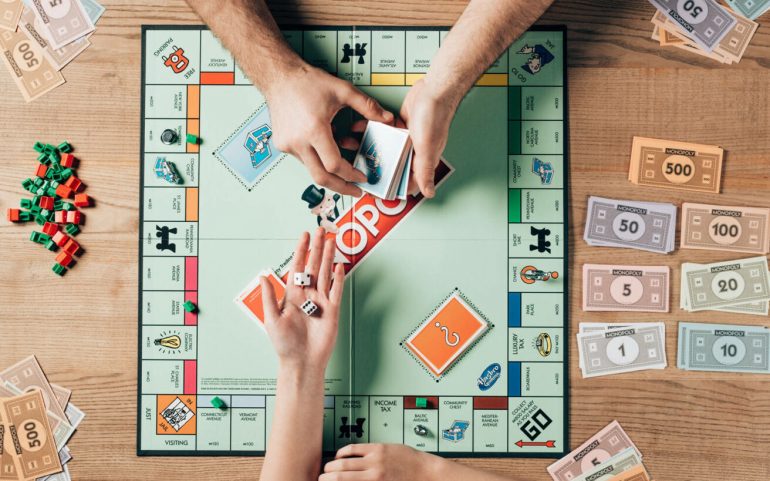He has grown up and continues to raise generations and generations of children. It is one of the most popular on the planet and even adults when they sit down to play, are as passionate as the first time. Like when they were children. The reason for what else? But for her Monopoly. The table that was loved as no one, but at the same time was challenged as no one.
The truth is that there is hardly anyone who has not sat down to play Monopoly at least once. And if it has not happened, it certainly knows its basic rules. The players buy land (if the dice fit them well, they buy expensive land) which they then build and rent from those the dice bring to it. Houses, hotels, money, banks and prison. A game of chance, tactics and buying and selling.
And maybe that's why Monopoly was quick to connect with him Capitalism, making friends and opponents. And to lose its original purpose which was didactic. At the very least, this is what the inventor of the famous table, Elizabeth Maggie, wanted to achieve. Why, then, many may have described Monopoly as the "game of Capitalism", but when Maggie patented "Landlord's Game" in 1904, as it was originally called, she had in mind that with this could denounce the disadvantages of capitalism as a current economic system.
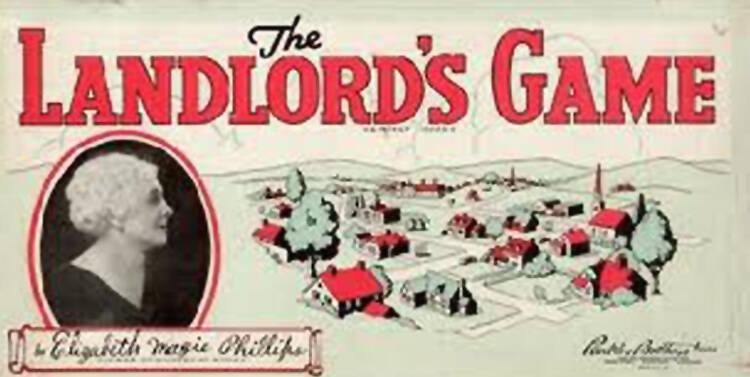
The creator of the legendary table was Charles Darrow from Philadelphia, USA, who made it in 1933. In fact, the first pieces were created from useless materials of his house: a piece of tarpaulin covered the board, the cards were handwritten, while the houses and the hotels were made of wooden rubbish.
However, according to many, the credit should go to Elizabeth Maggie, born in 1866, who patented a toy she had invented in the style of Monopoly. Maggie was a dynamic and highly politicized woman, who went against the rules and politics of the time. Almost anarchist, unmarried in her 40s and proud of her decision, she even went to extremes in order to stigmatize the inferior position of women in society. "We are not machines ουμε We have minds, desires, hopes and ambitions," he used to say.
And it did not stop there. Maggie also wanted to "hit" Capitalism, creating the "Landlord's Game". The "Landlord's Game", as it was called, consisted of a square board with 9 different areas on each side. Players had to cycle the board, buying plots and train stations and paying rent. There were even 2 corners with the instructions "Go to Prison" or go to the "Public Park".
Maggie invented the game to teach the sufferings of accumulating wealth at the expense of others, as well as the theory that if people make a profit from their wealth - regardless of its size - eventually all the money will end up in the hands of lawmakers of a single person.
In fact, as she explained, the purpose of the rules was "to involve players in a practical demonstration of the current land market system with all the usual results. And therefore, to understand how different approaches to property can lead to completely different social outcomes. "
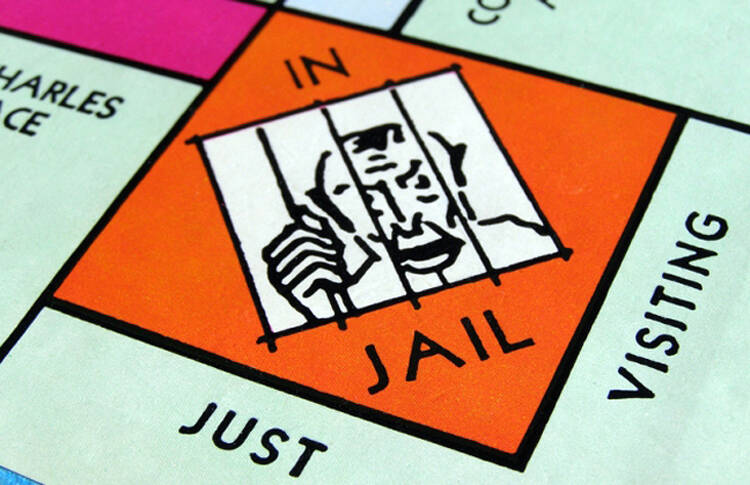
Influenced by the ideas of economist Henry George, who argued that land was public and that taxation would save the world from speculators, Elizabeth Maggie believed she had created a didactic desktop game. However, its history and evolution probably did not justify it. And finally, the players showed their inclination towards capitalism and the property mania of the modern world. "If Maggie had suspected the game was evolving, she would have sent herself to jail," the BBC wrote in an earlier article.
Although her game spread and was loved, she was not able to officially associate her name with the creation of the later famous Monopoly. Charles Darrow was the one who created the version which was bought by the Parker brothers' company.
However, the company initially rejected the game, citing "52 fundamental errors", which included the duration of the game, the theme and the complexity it presented. But after Darrow's own sales success of the game in Philadelphia, the company redefined its position and negotiated the rights to bring Monopoly to market in 1935, with a starting price of $ 2.
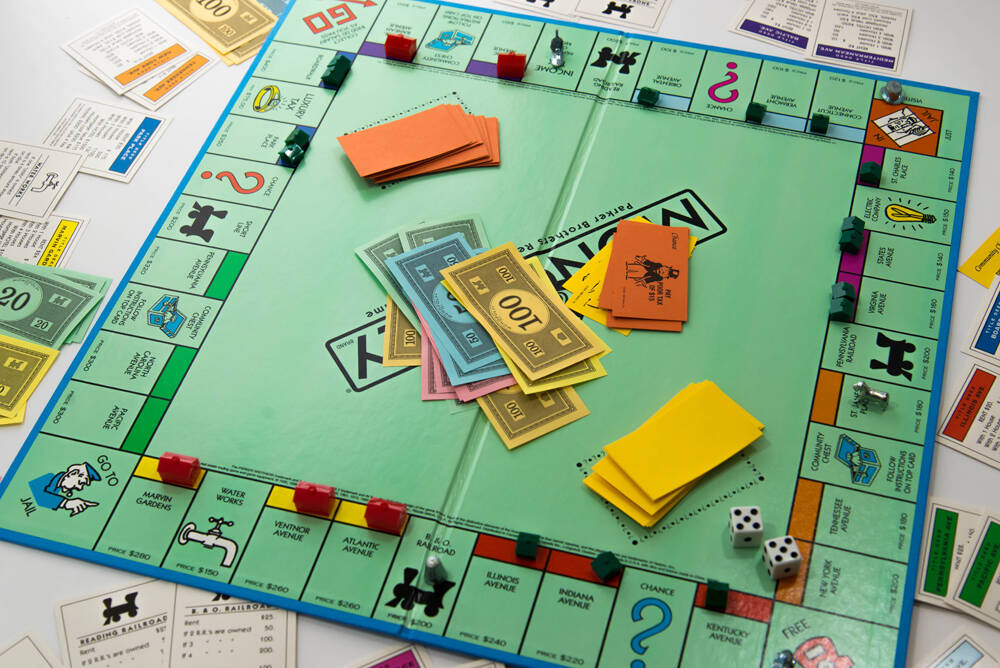
The characteristic pieces of the table, in the original version were 10: Iron, wallet, lantern, car, thimble, shoe, half-hat, warship, cannon and a rocking horse! As for the iconic image of the man in the half-height hat that became the symbol of the game and is called "Rich Uncle Pennybags", it is not unlikely to depict the famous businessman JP Morgan, which is also supported by Jetset Magazine .
JP Morgan grew up in the decades before the game was widely released and was considered one of the most important men in the United States. In fact, among his activities is the establishment of the monopoly United States Steel Corporation.
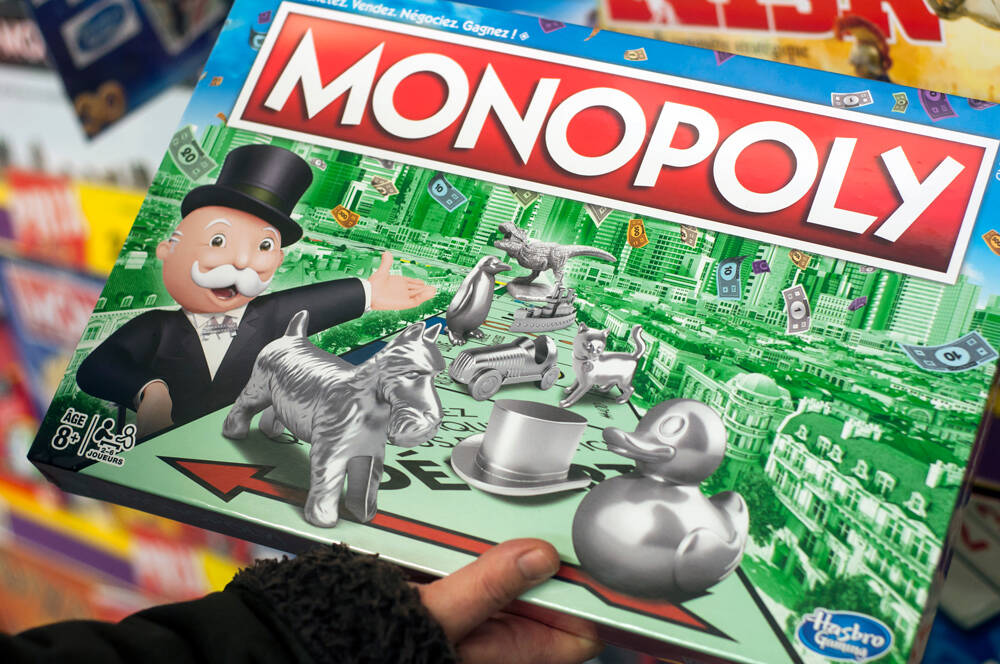
This popular table game was inextricably linked to Capitalism. Whether she fought him, as Maggie envisioned, or whether he eventually introduced the players to the system, is probably a subjective opinion. However, everyone agrees that this is the most successful table and only by chance it did not enter the Guinness Book of Records in 1999, since until then the number of players reached 500 million. Today it is estimated that more than 1 billion people have played Monopoly.
Also, although so many years have passed since its release, its price remains at competitive levels or equivalent to newly released desktops.
